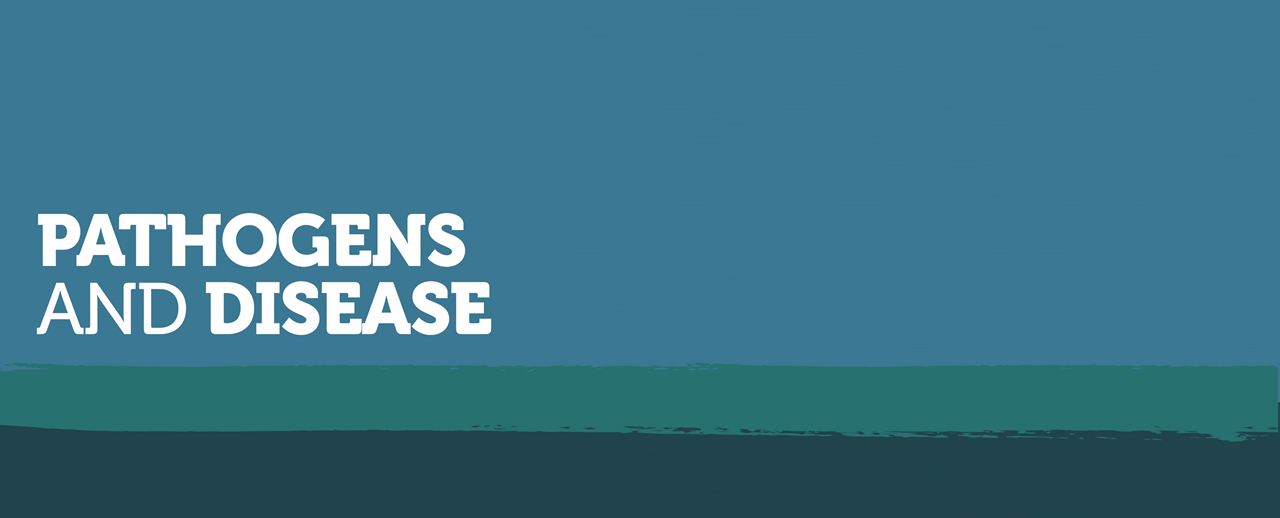Meet the Winners of the 2022 Best Article Award From Pathogens and Disease
02-02-23
Tegar Adriansyah Putra Siregar, Pinidphon Prombutara, Phongthon Kanjanasirirat, Nawapol Kunkaew, Alisa Tubsuwan, Atsadang Boonmee, Tanapat Palaga, Tanawadee Khumpanied, Suparerk Borwornpinyo, Angkana Chaiprasert, Pongsak Utaisincharoen and Marisa Ponpuak wrote the excellent research article “The autophagy-resistant Mycobacterium tuberculosis Beijing strain upregulates KatG to evade starvation-induced autophagic restriction” for our Journal Pathogens and Disease. This was unanimously picked by the Pathogens and Disease Editors-in-Chiefs as the best article for 2022!
We interviewed all the authors to find out more about the inspiration behind this paper:

Can you outline some details about Mycobacterium tuberculosis?
M. tuberculosis is the causative agent of tuberculosis, the world’s deadliest infectious disease after COVID-19. It primarily affects the lungs and mainly spreads through the air. It is estimated that one fourth of the world population are infected with M. tuberculosis, with more than 10 million active tuberculosis cases and 1.4 million deaths each year. A vaccine exists, the BCG, but its effectiveness is limited to the prevention of severe cases in small children. A better vaccine along with improved drug treatments for tuberculosis are needed, and to accomplish this goal it will be necessary to develop a better understanding of the way mycobacteria interact with their hosts.
M. tuberculosis is highly adaptable and can therefore survive when it enters the host cells. The mycobacteria can reach the lungs when contained within an aerosol which enters the lower airway of the human host. M. tuberculosis then enters the alveolar macrophages, whereupon it proceeds to block phagosome fusion with the host cell lysosomes, thus ensuring its own survival. It has been demonstrated, however, that one way to counteract this activity of M. tuberculosis is to induce host cell autophagy, which would boost the delivery of lysosomes to the mycobacterial phagosomes.”
Could you provide a brief, simple overview of the topic your paper covers?
The papers describing the process of host cell autophagy in restricting M. tuberculosis were previously carried out using the M. tuberculosis laboratory reference strain H37Rv. One drawback, however, is the genetic diversity of M. tuberculosis, since there are many genotypes to consider. Given its prevalence in East Asia, our previous study examined the highly virulent Beijing genotype, which is known to be associated with drug resistance. Little is known, however, about the underlying mechanisms rendering the Beijing genotype to possess such traits. Our earlier work discovered that strains belonging to the Beijing genotype differ from the M. tuberculosis reference strain H37Rv and strains belonging to the East African Indian genotype in that they are able to resist elimination via autophagy in host macrophages. Lysosomal delivery to the phagosomes is inhibited by the Beijing strains although it is not entirely clear how this occurs.
This study sought to address this question using the CRISPR-dCAS9-mediated expression knockdown of mycobacterial genes along with high content image analysis to identify the factors permitting this resistance to autophagy. It was found that KatG was responsible, through the inhibition of ROS delivery to the M. tuberculosis Beijing phagosomes. ROS are crucial in the process of autophagolysosomal biogenesis, so their inhibition by KatG resulted in the restriction of lysosomal delivery to the mycobacterial phagosomes when autophagy was induced in the host cells.”

What encouraged you to perform research this area of microbiology?
Drug resistance is a major problem today in treating tuberculosis, so alternative strategies which target the specific host pathways would appear to offer a novel approach for combination treatment therapies. Autophagy is a particularly interesting mechanism because there are many ways to induce the process, including the use of existing drugs or medicinal plants. We and others had previously demonstrated that M. tuberculosis could be eliminated via autophagy in experiments using the laboratory reference strain H37Rv, but further study was necessary using the more prevalent/circulating genotypes before this idea can be translated into clinical application.”
What do you see as the next steps in this area of research?
We have already demonstrated the susceptibility of the East African Indian genotype to elimination via autophagy. Further studies are needed to characterize the molecular mechanisms involved, especially with the use of autophagy inducing compounds from existing drugs or medicinal plants. On the other hand, as we showed that the M. tuberculosis Beijing genotype which is highly prevalent in East Asia and associated with drug resistance can block the autophagy-mediated restriction, further investigations are therefore necessary to better understand the evasion mechanisms which allow the Beijing genotype to thrive, in order to subsequently develop the means of preventing such evasion.”
Read the 2022 award winning paper: The autophagy-resistant Mycobacterium tuberculosis Beijing strain upregulates KatG to evade starvation-induced autophagic restriction
